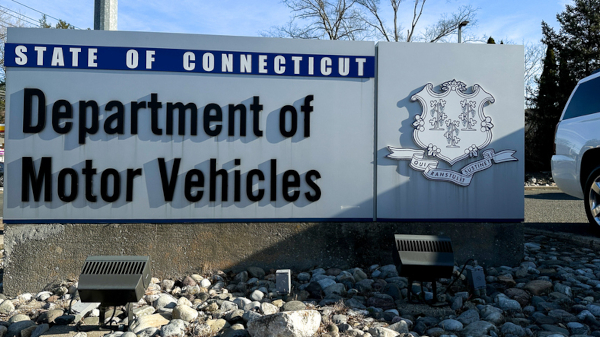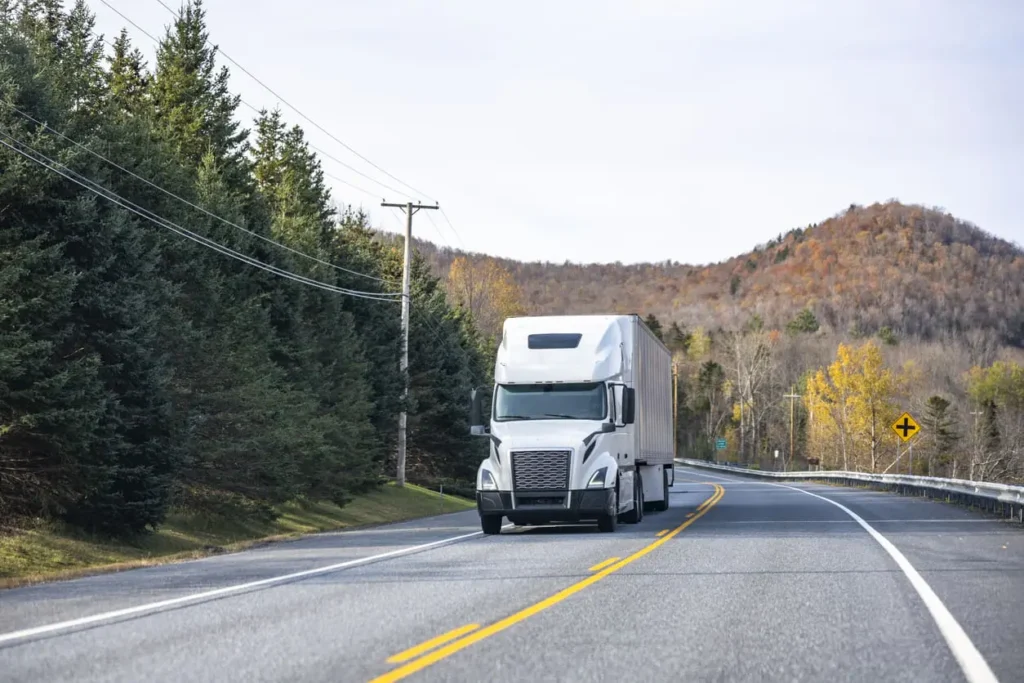
If you’re a CDL-holder thinking about moving to a new state, here’s a guide on how to transfer your Commercial Driver’s License (CDL) from one state to another, plus important infomation on how this process ties into employer compliance and regulatory obligations. We’ll keep it straightforward and practical.
Why Transfer Matters
First, know that a CDL is issued by the state of your residence, not automatically transferable like some federal licenses. The Federal Motor Carrier Safety Administration (FMCSA) states “most drivers must obtain a commercial driver’s license (CDL) through their home State (Important fact: it is illegal to have a license from more than one State).”
So, when you move and establish residence in a new state, you’ll need to transfer your CDL to that new state. The new state becomes your “state of record.”
The Steps to Transfer Your CDL
While each state has its own specific procedures, the following steps apply in most cases:
1. Establish Residency
You’ll need to show the new state that you now live there (e.g., copies of utility bills, lease, etc.). Many states require you to exchange your driver’s license within 30-60 days of moving.
2. Visit the State’s DMV (or equivalent agency)
You’ll apply with the Department of Motor Vehicles to obtain the CDL in your new state. For example, in Connecticut the Department of Motor Vehicles states “With a transfer, you can get a Connecticut CDL of equal class without retesting” when you move.
3. Surrender Your Old Out-of-State CDL
When you become resident, the new state will require that you surrender your old license. The FMCSA says the new state must check your driving record and require surrender of any other driver’s license from another jurisdiction.

4. Submit Required Documentation
Expect to provide things like:
- Your current out-of-state CDL.
- Proof of identity and residency.
- Medical certification (for interstate drivers).
- Possibly a knowledge or skills retest, if required by the new state.
5. Driving record check
The new state is required to check your driving record for the last 10 years in all states where you were licensed. If there are disqualifying convictions in your record, the new state must act on them.
6. Endorsements and extra requirements
If you carry endorsements (HAZMAT, passenger, etc.), check if your new state requires additional steps like a new background check, fingerprints, or written test. For instance, in Massachusetts an H endorsement (HazMat) is not transferable, so you must reapply for the endorsement.
What to Watch Out For
- Don’t hold licenses in two states at the same time. That’s explicitly prohibited.
- CLPs (Commercial Learner’s Permits) often don’t transfer. If you only have a learner’s permit and move, you may need to restart your CDL training.
- Endorsements: HAZMAT transfer often triggers a TSA check, so plan accordingly.
- Timing: check how many days the new state allows for you to make the transfer.
- Medical certificate: Interstate drivers must maintain a valid medical examiner’s certificate. When you move, you’ll still need to comply under the new state laws.
Compliance and Employer Requirements
When a driver transfers a CDL, employers (especially motor carriers) must also remain in compliance with federal regulations. Here’s how it ties together:

- Driver qualification files (DQFs): Under Federal Motor Carrier Safety Administration rules, motor carriers must maintain files on drivers including their license status, medical certificate, driving history, etc.
- CDLIS / NDR checks: States must check the Commercial Driver’s License Information System (CDLIS) and the National Driver Registry (NDR) when issuing or transferring a CDL. This ensures a driver isn’t holding multiple licenses, and that disqualifying information is captured.
- Drug & Alcohol Clearinghouse and testing: Employers regulated by FMCSA are required to ensure their drivers are enrolled in the Drug & Alcohol Clearinghouse and participate in random testing. When a CDL transfers, the employer must ensure the driver remains compliant.
- Interstate operation vs intrastate: If a driver’s license transfer changes their operating status (for example they were only intrastate and now the new state they live in requires interstate certification), the employer must ensure the driver is properly certified (e.g., medical card, etc).
- Recordkeeping and audits: Carriers must be ready for audits (e.g., new‐entrants, compliance reviews) where regulators will examine driver files, including correct license state of record, endorsements, and proof of validity.
So, from the employer side, when a driver transfers his or her CDL, the motor carrier must update their driver files, verify the new state license, check endorsements, ensure the medical certificate is up to date, and update any records tied to the CDL state of record. It’s not just paperwork; it’s part of maintaining legal operation.
Practical Tips
- Before moving, check the DMV website of the new state to know exactly what forms, tests, and fees you’ll need.
- Gather your current license, endorsements list, medical certificate, proof of address, and driving history, if possible.
- If you have HAZMAT, check if your new state is a TSA-participating state, plan for possible fingerprinting or threat assessment.
- Inform your employer (or prospective employer) of the change so that they can update their driver-qualification files and comply with FMCSA rules.
- Don’t delay: completing the transfer in the allowed timeframe is crucial. If you keep the old state CDL past the allowed period, you risk violations.
- After transfer, confirm your new state has uploaded your driving record and endorsements into CDLIS so your records remain continuous. The FMCSA mandates that the new state accept the out-of-state driving record as a permanent part of the file.
Why This Matters
If you’re aiming to work for interstate carriers (e.g., long-haul, big rigs, and multiple endorsements), ensuring your CDL transfer is clean and timely is important. A misstep (like incorrect state of record, missing endorsements, expired medical certificate) could delay onboarding or even lead to disqualification. For carriers, this adds risk and they need to know that you are fully legal to drive for them.
By taking care of the transfer properly:
- You’ll remove any risk of state licensing issues.
- You’ll be eligible for job opportunities in your new state (and with carriers who operate nationally).
- You’ll keep your endorsements valid and accepted.
- You’ll help your employer stay compliant, and shows your ability as a professional driver.
The Key Takeaway
Transferring your CDL when you move isn’t overly complicated but it’s not automatic either. You’ll need to: establish residency in the new state, surrender your old CDL, apply for a new one in the new state, provide the necessary paperwork (e.g., ID, proof of address, medical certificate, possibly new tests), and ensure your out-of-state driving record is transferred properly.

From the employer’s side, when you transfer your CDL they’ll need to update their records, ensure compliance with FMCSA rules (e.g, license state, endorsements, medical certification, drug/alcohol testing), and keep you eligible for interstate operations.
To avoid delays or problems, do your homework ahead of time (check the new state’s DMV site), gather all required documents, and notify your employer. That way you’ll maintain eligibility, endorsements, and keep your driving career on track.




